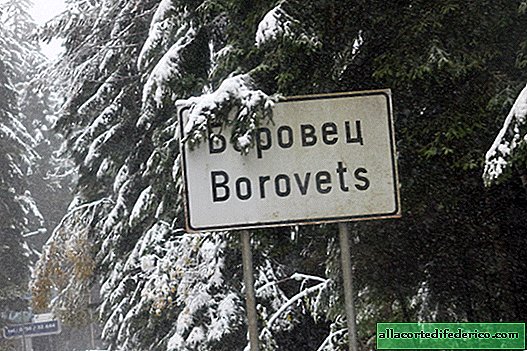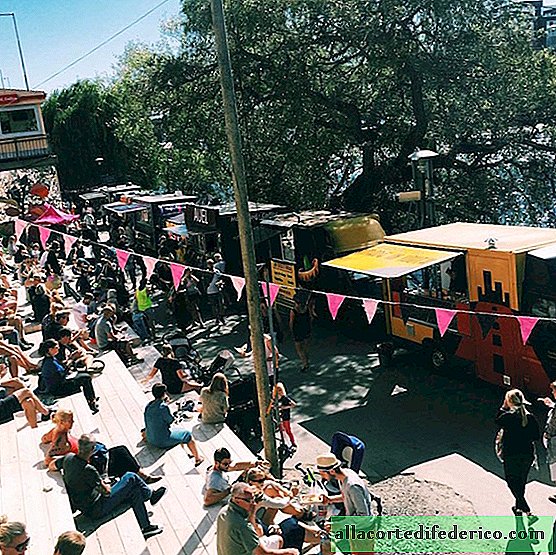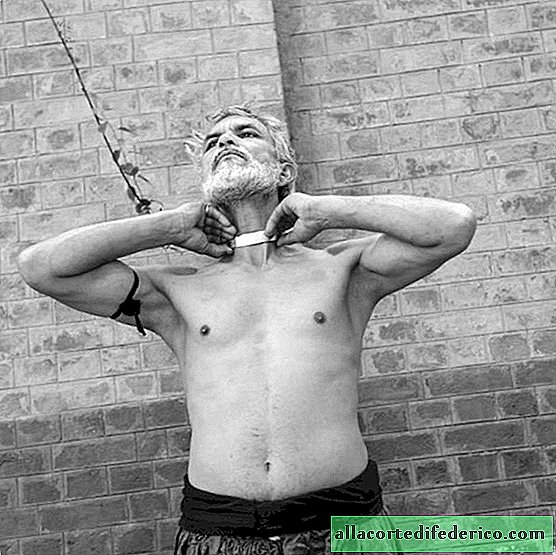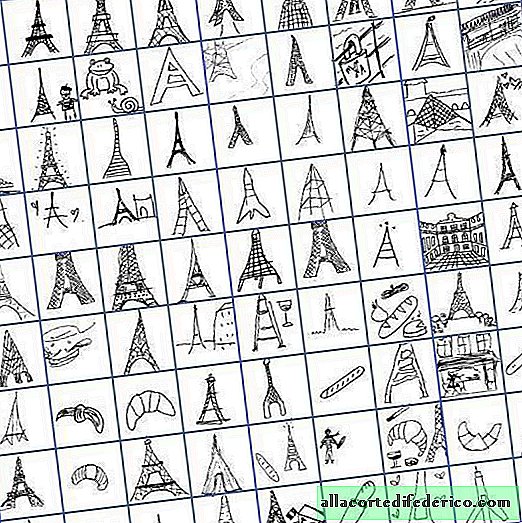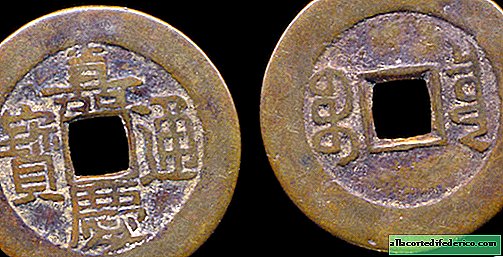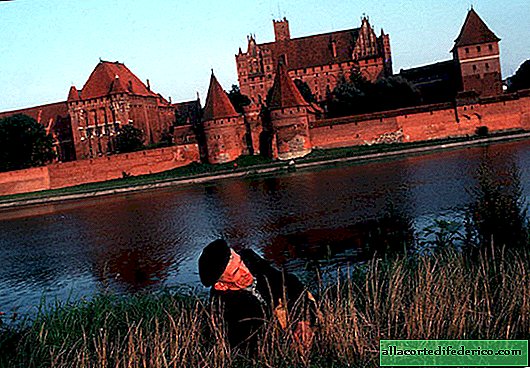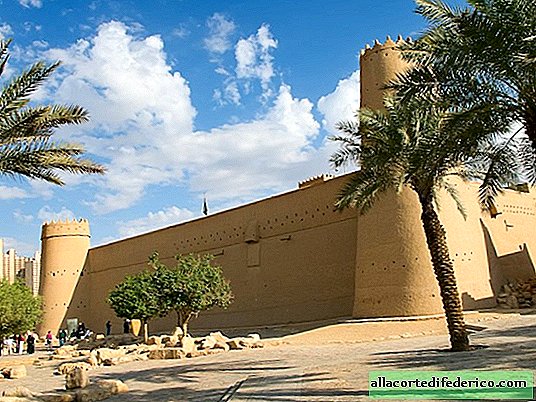The tsar turned out to be false: what was discovered under the top layer of paint by Venetsianov’s paintings
The authenticity of this picture aroused doubts among connoisseurs of Venetian art, but the result of restoration work simply stunned art critics. The grandiose canvas of the famous Russian painter Alexei Venetsianov, entitled "Peter the Great. Foundation of St. Petersburg", measuring 2.6 by 3.51 meters, was the pride of the Tretyakov Gallery, and for decades adorned the main entrance to the art treasury. Neither the gallery staff nor its visitors, including authoritative art critics, even knew that they were not painting Venetsianov, but a painting by a completely unknown author who wanted to "improve" the historical canvas. But everything changed in 2005, after the painting fell into the hands of restorers: under the top layer of paint there was a different image.
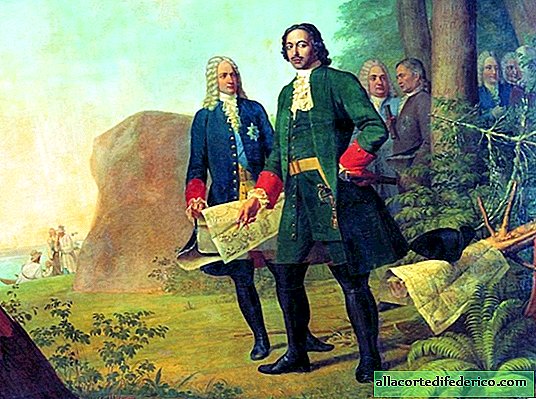 The painting "Peter the Great. Foundation of St. Petersburg" before restoration
The painting "Peter the Great. Foundation of St. Petersburg" before restorationThe painting was painted by Alexei Venetsianov in 1838 specifically for the competition, the winner of which was expected a large sum of money. But the large-scale historical canvas depicting Emperor Peter the Great on the site of the future construction of the new capital did not receive the main prize and subsequently went to the building of the St. Petersburg Stock Exchange.

When the painting, which is now in the Tretyakov Gallery, demanded another restoration, the laboratory staff performed an X-ray examination, which showed the presence of a second coat of paint over the entire area of the canvas. This stunned the art historians, and after lengthy meetings, it was decided to clear part of the canvas in order to find out what the top layer hides. The trial clearing really did reveal a part of the picture, which in style and color did not correspond at all with the canvas that adorned the main entrance of the gallery for decades, but in which experts recognized the real Venetsianov.
 Restoration work
Restoration workIt was decided to continue cleaning, and the restoration process turned into a fascinating detective story, and the work was interrupted so that the specialists could consult. The complete removal of the upper layer to clear the lower canvas meant the loss of the painting, which for many years everyone called the creation of Venetsianov. But the further the restorers advanced in search of truth, the stronger their confidence became that it was necessary to restore historical justice and restore the original canvas of the Russian artist to the world.
 The original canvas of Venetsianov after restoration
The original canvas of Venetsianov after restorationPerhaps the most crucial moment was the decision to clear the face of the main character of the picture - Tsar Peter the Great. Additional studies were carried out, showing that the face of the king is different from what is shown on the upper layer. After some hesitation, it was decided to clear it, and the gallery staff had a completely different image - the image of a real harsh king who did not match the pretty character who had been looking at the gallery visitors all these years.
 The manifestation of the true face of Peter the Great in the process of restoration
The manifestation of the true face of Peter the Great in the process of restorationAs a result of restoration work, the painting returned to its original appearance and appeared before visitors in the form in which it was conceived and executed by Alexei Venetsianov. The image of Peter has changed a lot, in the background appeared a grandiose stone, which later became a pedestal for the monument "The Bronze Horseman", and the sky acquired the very shades characteristic of Venetsianov’s paintings. As for the author of the picture, which for many years was taken for the original, his name remained unknown. Experts believe that he was one of the restorers who was trying to rehabilitate the picture after breaks that appeared as a result of careless handling. The artist considered that it would be better not only to repair the damage, but also to slightly correct the plot, thus rewriting the picture of Venetsianov.

